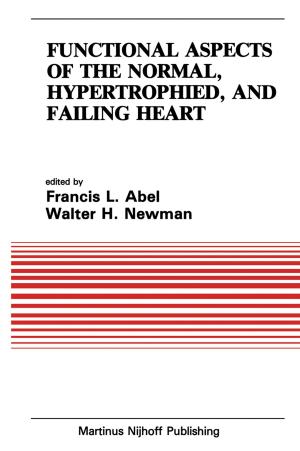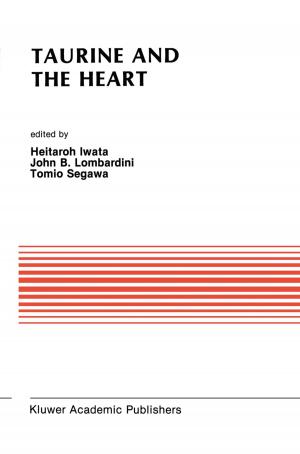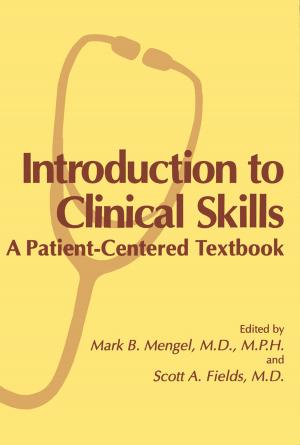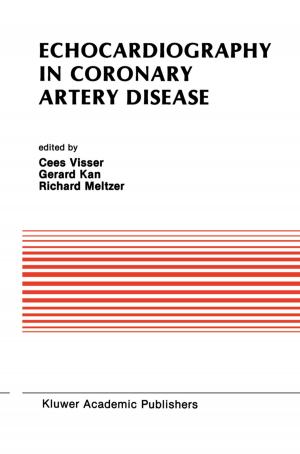Direct Myocardial Revascularization: History, Methodology, Technology
Nonfiction, Health & Well Being, Medical, Surgery, Thoracic, Specialties, Internal Medicine, Cardiology| Author: | ISBN: | 9781461550693 | |
| Publisher: | Springer US | Publication: | December 6, 2012 |
| Imprint: | Springer | Language: | English |
| Author: | |
| ISBN: | 9781461550693 |
| Publisher: | Springer US |
| Publication: | December 6, 2012 |
| Imprint: | Springer |
| Language: | English |
The last five years have witnessed an increasing interest in the subject of transmyocardial laser revascularization (TMR) as illustrated by the number of abstracts presented at the meetings of the American Heart Association and the American College of Cardiology (Figure). The ideas and concepts associated with this particular method of myocardial revascularization have changed dramatically over even this short period of time. The original premise of "de-evolving" mammalian hearts to recreate a reptilian-like myocardial circulation by making multiple channels through the myocardium has been almost (but perhaps not quite) completely dismissed. Now, the most popular notion is that there is an angiogenic response to myocardial channel making. It is this development of new blood vessels that is thought to be responsible for the apparent improvements in symptoms and blood flow. Along the way, the idea that a channel could stay open and allow blood to flow directly from the ventricular chamber has found little support. Rather than directly explore all of these issues and merely duplicate previously published articles, our aim was to take a novel approach: that is, to step back from these arguments and provide perspective from the vantage point of distance. In the case of trans myocardial revascularization, distance comes both in terms of history and in terms of methodology and knowledge from other fields of research. Historically, innovative methods of myocardial revascularization are by no means uncommon. The first two chapters deal with this historical' perspective.
The last five years have witnessed an increasing interest in the subject of transmyocardial laser revascularization (TMR) as illustrated by the number of abstracts presented at the meetings of the American Heart Association and the American College of Cardiology (Figure). The ideas and concepts associated with this particular method of myocardial revascularization have changed dramatically over even this short period of time. The original premise of "de-evolving" mammalian hearts to recreate a reptilian-like myocardial circulation by making multiple channels through the myocardium has been almost (but perhaps not quite) completely dismissed. Now, the most popular notion is that there is an angiogenic response to myocardial channel making. It is this development of new blood vessels that is thought to be responsible for the apparent improvements in symptoms and blood flow. Along the way, the idea that a channel could stay open and allow blood to flow directly from the ventricular chamber has found little support. Rather than directly explore all of these issues and merely duplicate previously published articles, our aim was to take a novel approach: that is, to step back from these arguments and provide perspective from the vantage point of distance. In the case of trans myocardial revascularization, distance comes both in terms of history and in terms of methodology and knowledge from other fields of research. Historically, innovative methods of myocardial revascularization are by no means uncommon. The first two chapters deal with this historical' perspective.















